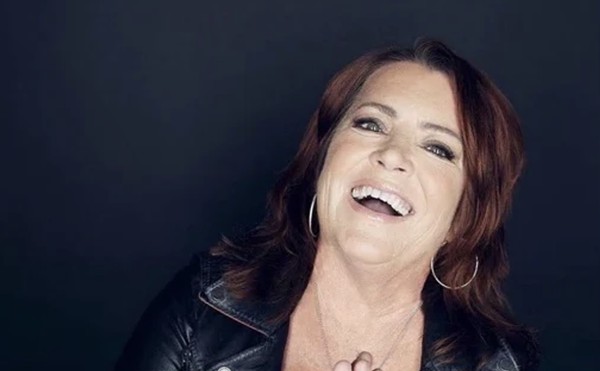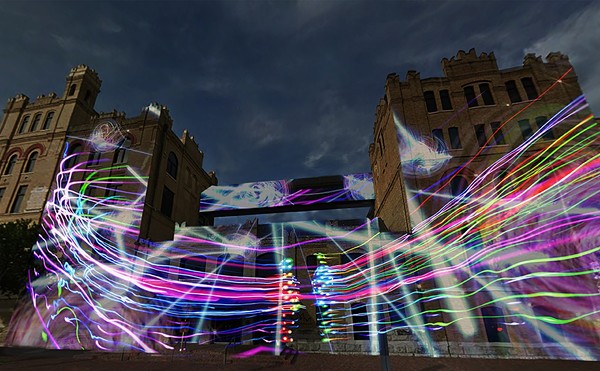Berlflein, 26, began communicating with Seva Mandir while she was completing an MFA at UTSA. She currently teaches art part-time at the university. “What I want to do with this project is draw in viewers to the aesthetic of sustainability,” she says.
So how did the idea for this project form into what it is now?
When I was a graduate student I was working with landscape and psychology and seeing how it’s a metaphor for human psychology. I was interested in loss and human transformation. With this project I wanted to bring it into a real-world sphere while still dealing with a lot of these issues. I was interested in how landscape affects human capacities.
How did you get in touch with Seva Mandir?
I was in touch with them through an artist friend of mine, John Mata. He went to volunteer at that organization, so when I first started talking about this idea to different people he mentioned this organization. He told me how they were very open to talking with people.
What exactly is their mission?
They’re involved with a lot of social-justice issues. Their main concern is social justice through sustainability and woman’s equality. They deal with social inequities in certain parts of India that are still experiencing hardships.
How long did it collectively take to put all of this together?
It took a long while. I initially made contact with them about a year ago.
So this particular organization helps bring water to the village? How much money and how long does it take to make these structures?
Yes, I don’t how long it takes, but I do know of one that took $30,000 to build. They all vary on the size. They employ people from the village to do the work. It’s a great organization. They’re not just imposing on what they think the village needs. What those structures do is they recharge the ground wells and irrigate the crops; that way those people can actually live on their land. They don’t have to go out and find jobs in different cities.
So this exhibit has an environmental thread in it. Do you always try to tie all of your art into this?
Not so much environmental; I’m more interested rejuvenation. It’s an interest that I’ve always had. What I’m trying to do with this project is to try to use art as a healing force for this area that’s experiencing this hardship.
















